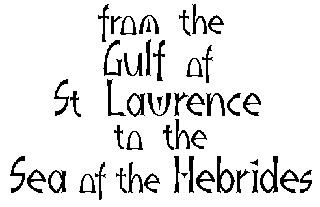
from the Gulf of St Lawrence to the Sea of the Hebrides
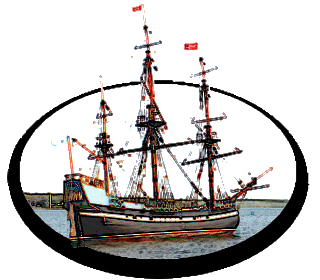

11 September 2012
The North Atlantic Arc Home
| .August. | September | .October. |
| S | M | T | W | T | F | S |
| 24 | 25 | |||||
| 26 | 27 | 28 | 29 | 30 | 31 | 1 |
| 2 | 3 | 4 | 5 | 6 | 7 | 8 |
| 9 | 10 | 11 | 12 | |||
| 4 | 5 | 6 | ||||
| 7 | 8 | 9 | 10 | 11 | 12 | 13 |
| 14 | 15 | 16 | 17 | 18 | 19 | 20 |
| 21 | 22 | 23 | 24 | 25 | 26 | 27 |
| 28 | 29 | 30 |
 |
|
Tuesday 11 September 2012--I'm headed south, toward home, today; but it's a sunny morning, and with second photographic chances in mind, I decide
to backtrack to Baie Verte first, to see if I can get a better shot of Shy Ben's headstone in morning light. I'm somewhat disappointed to find it in
the dappled shade of a tree. I take another twenty or so shots, anyway, in hopes that one or two will be usable. Inevitably, I think about all the
times I barreled up the TransCanada Highway, a few hundred yards away, on my way to PEI, unaware that my ancestor lay here. There is so much of our past
that lies just beyond our reach, information we don't even know exists. Genealogical research, like archeology, is mostly a matter of brushing away vast
amounts of dirt to find small and often cryptic bits of information, with the very occasional spectacular revelation. I am extremely fortunate in that
most of the painstaking work had been done by others long before I ever gave any thought to it.
My journey here began fourteen years ago. My father knew only that his grandfather, Silas, had come to Massachusetts from New Brunswick. We went to Fredericton to dig through the archives at the university. It took two days to find the needle in the haystack, in fact two needles: censuses of 1861 and 1871 showing Silas living with his grandparents, Charles C and Jane Allen. We went home with that one piece of information. Back home, I started research online, and found a website maintained by Barbara Trenholm Merklinger of Halifax. The Trenholms were part of the early Yorkshire immigration to this part of New Brunswick, and Barb's site documents thousands of residents from the late 18th to early 20th centuries. This was the motherlode. I learned that Charles C was the son of George and Letitia (who lie up at Bayfield), and that George was the son of Benjamin. Most of what is known about Benjamin Allen comes from a book titled A History and Story of Botsford, by W M Burns, published in 1933. This contains anecdotal genealogical information about numerous families in the area. Some of it is contradictory. For example, Burns says that Shy Ben had originally settled in New England, and returned there after the Seven Years War, only to migrate north again as a Loyalist after the Revolution. Yet we have Ben and Sarah being married at Fort Cumberland in 1771, and their children born at Baie Verte. Possibly there was already genealogical confusion with another Benjamin Allen who was born, of all places, in Scotland, Connecticut, near Norwich. This fellow crops up all the time in online family trees--Benjamin Allen, b 1733, Scotland CT, d 1823, Baie Verte NB. It makes a very nice line in one's ancestry; this Ben descended from John Alden and Priscilla Mullins of Mayflower fame. But it's wishful thinking. He was born in the wrong year, and evidently died young in New England. Shy Ben may well have been born in Scotland--the country, not the town in Connecticut. At the very least, he was of Scottish descent. Numerous of his descendants described themselves as such in the censuses, despite the fact that most of their ancestors were from Yorkshire. Ben is the only possible link. Was he the Benjamin Allen who was a corporal in the Fraser's Highlanders, who served at Louisbourg and Québec? Again, one must guard against wishful thinking; we've already seen that it's not an uncommon name. As well, there are vague references to our Ben having been at the fall of Beauséjour, which is well before the Frasers were raised. There were British and New England regiments at all three. Still, it remains a possibility, waiting to be disproven. I'll probably never know the answers to these questions, but you never know...tidbits still pop up now and then. Not long ago, I solved the riddle of Silas' parentage. My grandfather's middle name was Seaman, and I figured there had to be a reason for that. It turns out that his father, Silas, was the son of Sarah Allen and Alexander Seaman, whose first three (of fifteen) children were for some reason raised by her parents as Allens. The Seamans landed in Massachusetts in the 1630s, settled in New York, and moved north as Loyalists. This, my true patrilinear line, is traceable back to England, an avenue I've yet to explore in depth. One online family tree I've seen (again, these must be taken with a grain of salt) traces the Seamans back to the Domesday Book. As for Silas, known to my father's family as the Old Gent, he apparently had a wife named Almira in New Brunswick. What happened to her, I can only guess...death in childbirth, perhaps. Silas remarried in Massachusetts and raised my grandfather, his four brothers, and a sister. He died rather foolishly, falling from an apple tree, which he'd climbed in defiance of someone's admonition that he was too old to be climbing trees. Or so oral history, passed on to me by my father, claims. Riddles and dead ends. I leave Baie Verte and attempt to cut across country on a dirt road, looking for some different scenery. After several miles, it becomes extremely rough and rutted, and, with no end to it in sight, I reluctantly turn around. It seems an apt genealogical metaphor. It's 11:00 by the time I pass back through Sackville, and as I do a quick drive-through of Moncton, I wish I might have a couple of hours back for a look around. I do stop across the bridge in Riverview to walk briefly along the Petitcodiac River. A causeway built in 1968, intended to mitigate flooding as well as providing a road crossing, has over the decades had a disastrous effect on the river's tidal ecology. The gates have recently been permanently opened, and the causeway will soon be dismantled. Not everyone is happy about this, for various reasons, but I've read that the health of the river has already improved more than anyone had dared hope. I take the highway as far as Sussex, then turn towards the coast to visit the village of St Martins. I'm surprised to find eight busloads of tourists there, strolling the beach. Must be a cruise ship in Saint John. I lunch at a tiny stand away from the crowds. My lobster roll comes with chips and a roll of Mentos. Passing Saint John, I see two cruise ships. Of course...Hurricane Leslie has just passed over Nova Scotia. I'd quite forgotten about it, but just a couple of days ago, I was worrying about the path it would take. No sign of it here now, save for the ships that have diverted from Halifax. Near St George, I leave the highway again for Letete, where I board a small ferry bound for Deer Isle. At the other end, there's an even smaller one that sails to Campobello. From there, I cross the international bridge to Lubec, Maine, where I am spending my last night on the road. Like so many of the formerly bustling little fishing ports in this part of the world, it looks a bit tired and run-down, but it has its charms, notably its lovely setting on Johnson Bay. I dine in one of the two pubs and have pints in the other, in between taking photos of the spectacular afterglow of the sunset. St Andrews, where I started this trip, is twelve miles away on a straight line. I don't go in a straight line too often. Next |
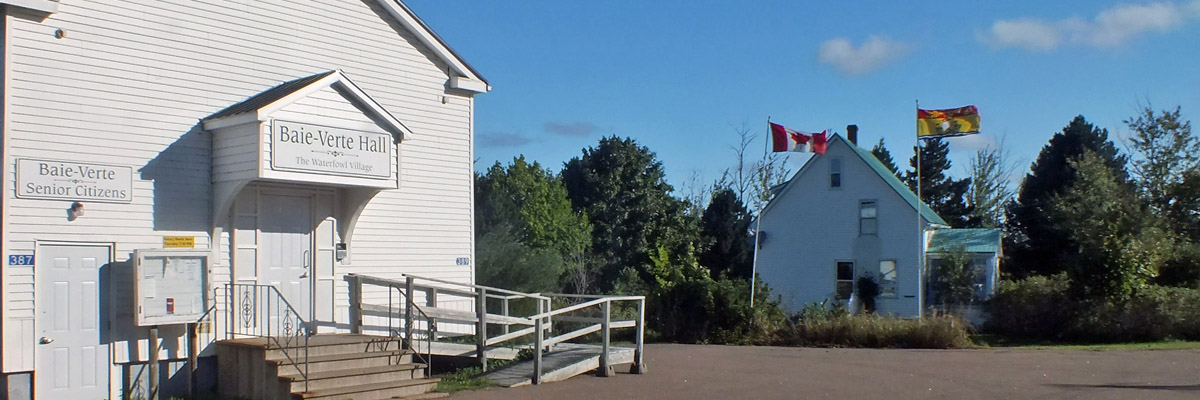 |
Baie Verte
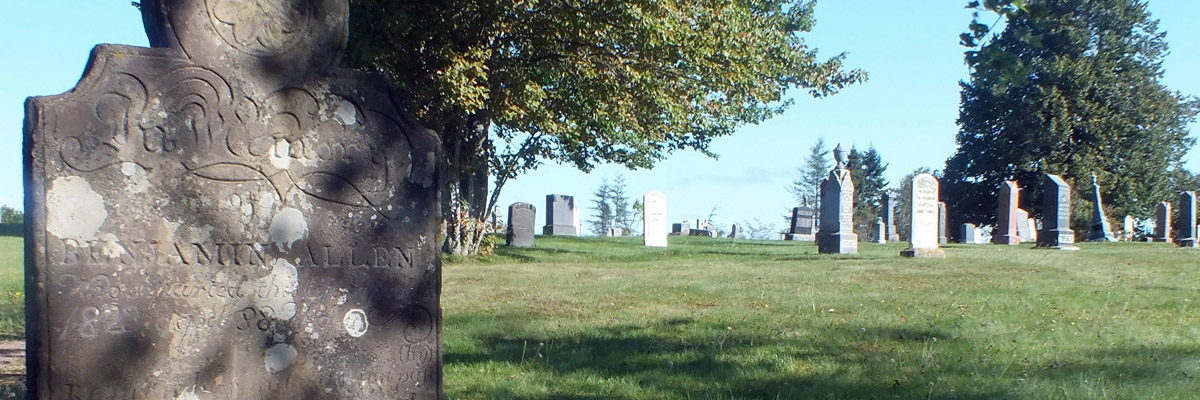 |
Benjamin Allen
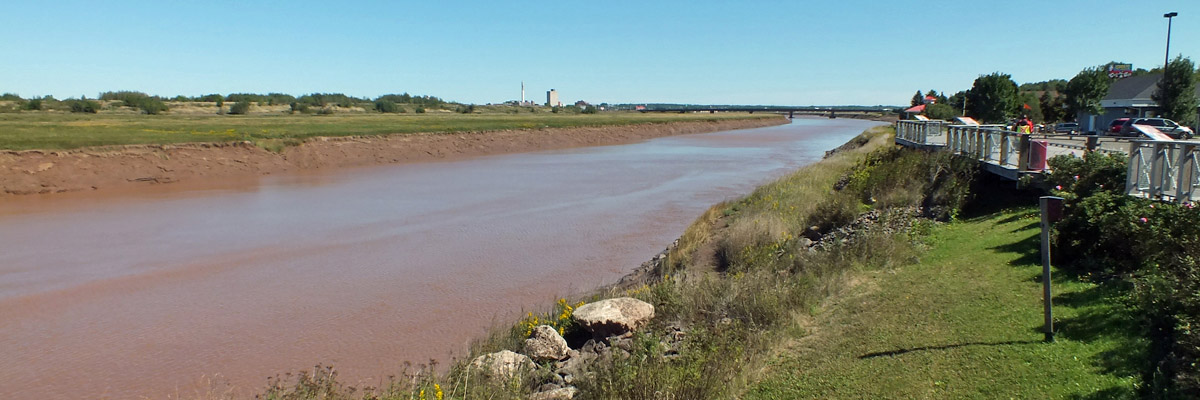 |
Petitcodiac River
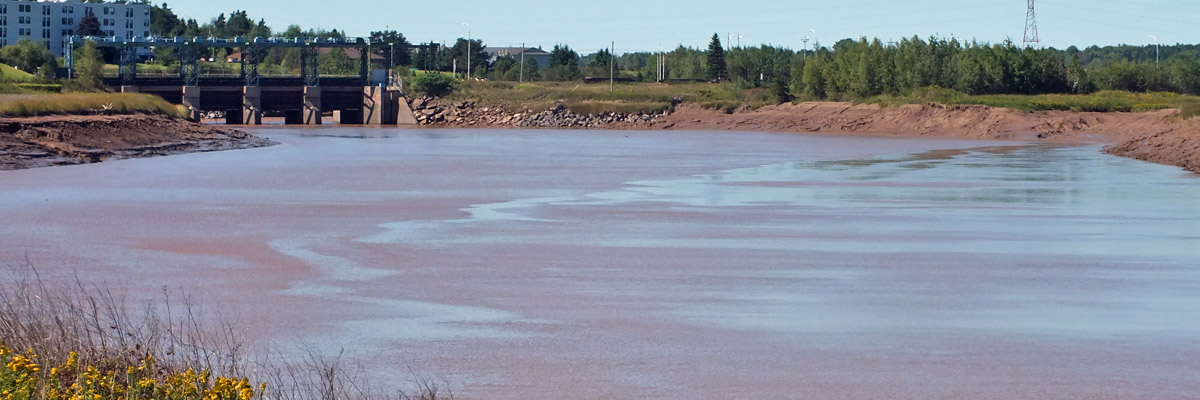 |
Petitcodiac River
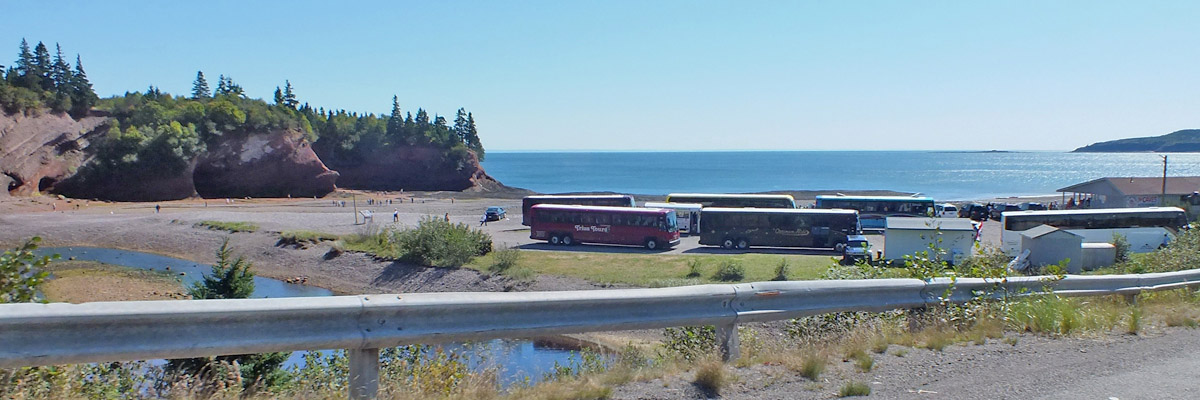 |
Tour Buses At St Martins Beach
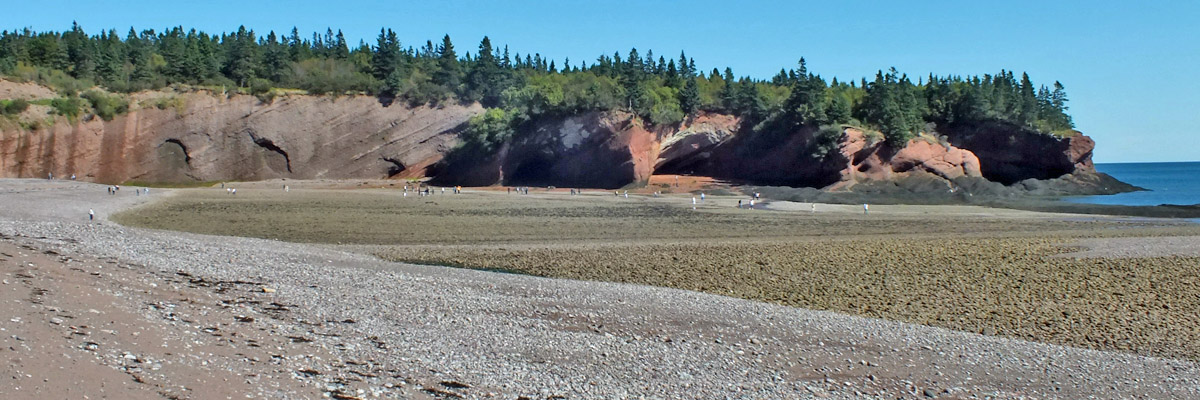 |
St Martins
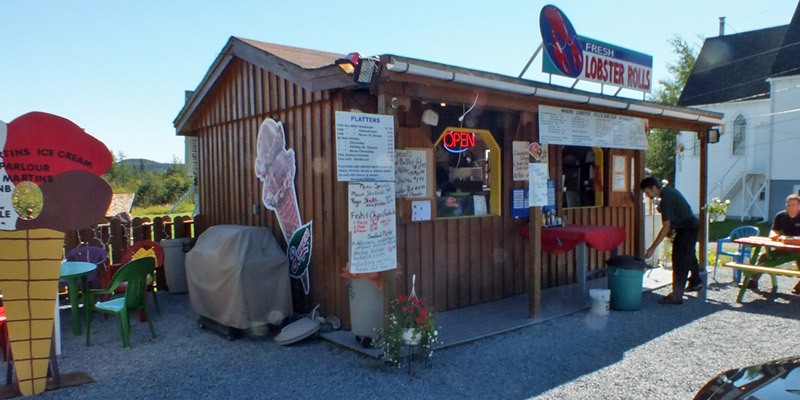 |
Lunch
 |
Lobster Roll aux Mentos
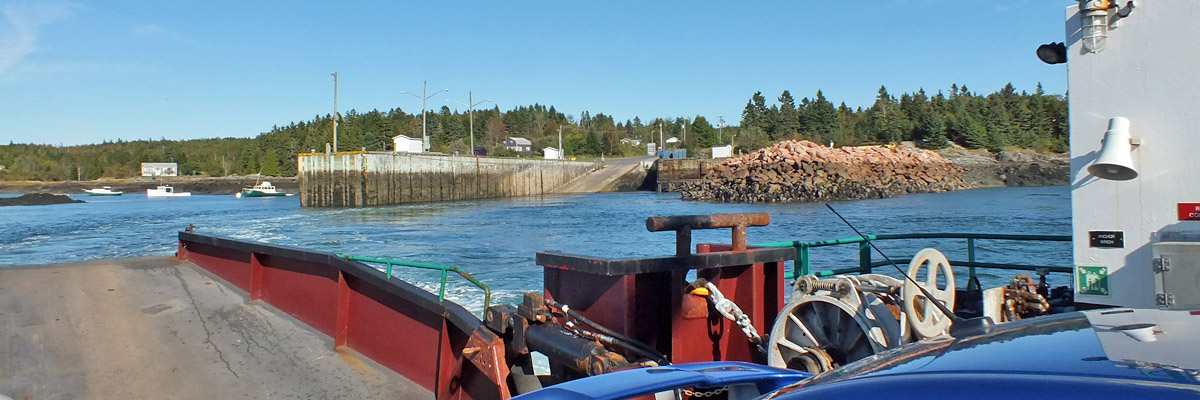 |
Leaving Letete
 |
Leaving Deer Island
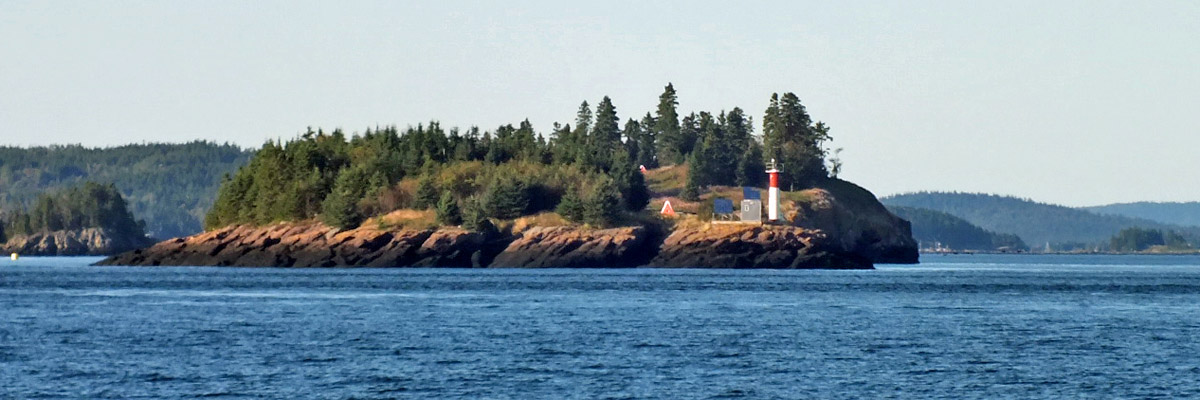 |
Cherry Island
I think
 |
Lubec, Maine
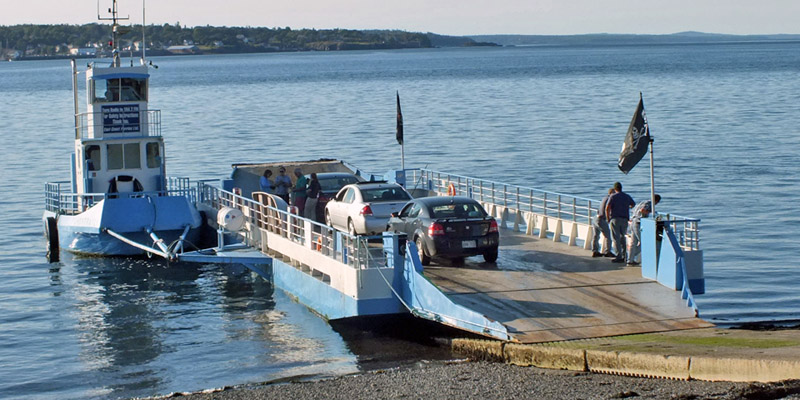 |
Campobello Landing
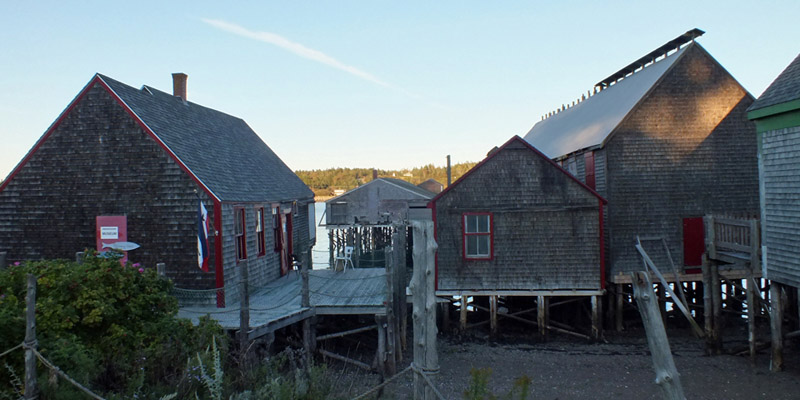 |
Lubec
 |
Lubec
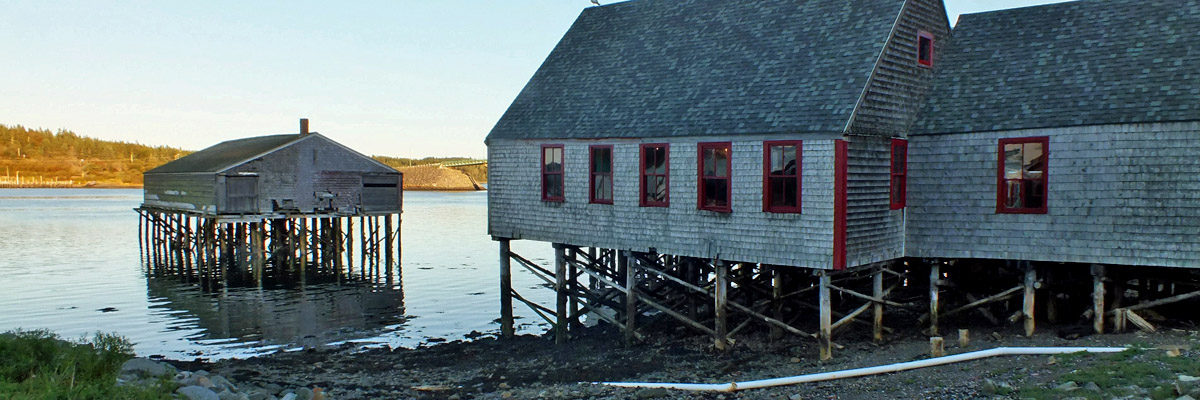 |
Lubec
 |
Lubec
 |
Water Street Tavern
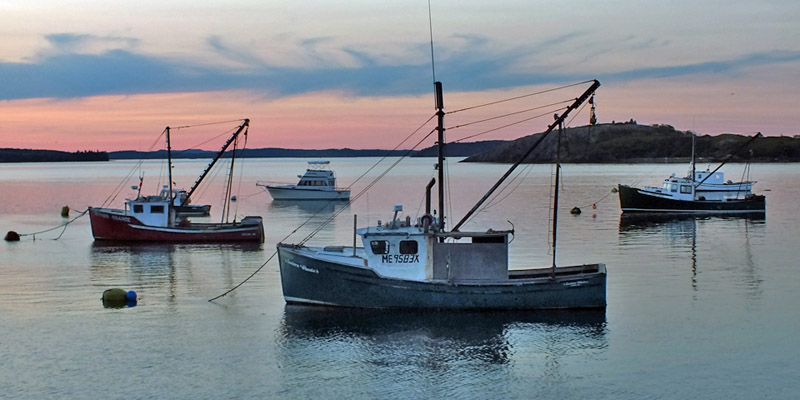 |
Lubec
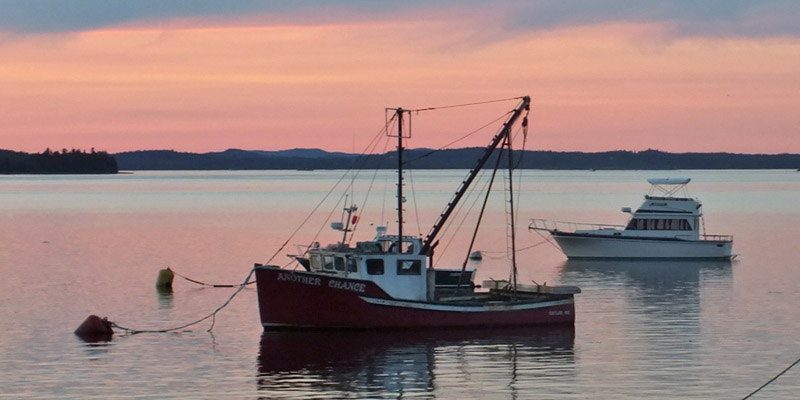 |
Lubec
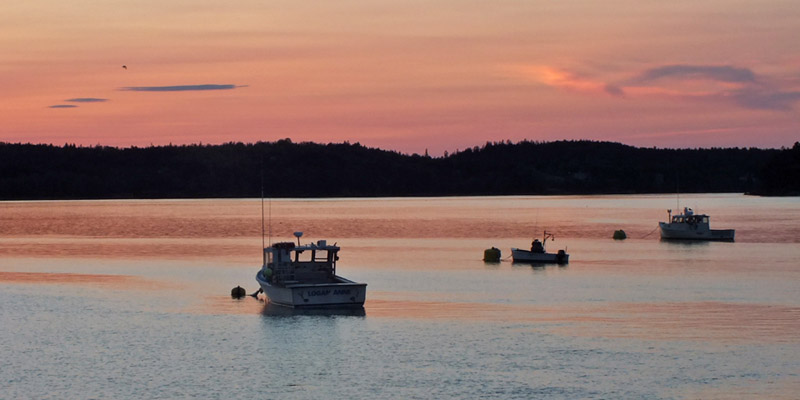 |
Lubec
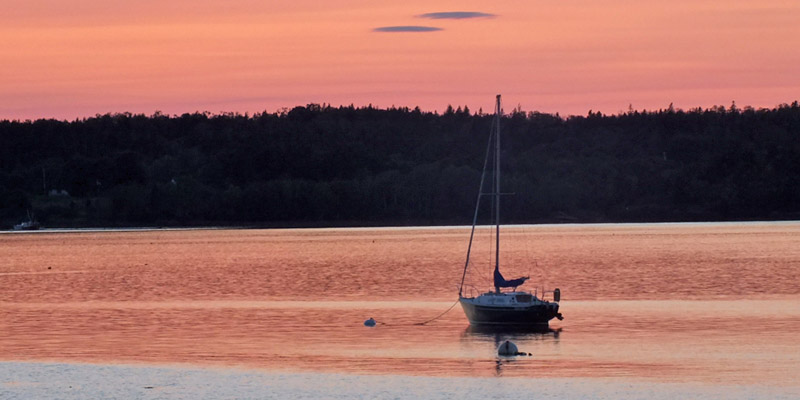 |
Lubec
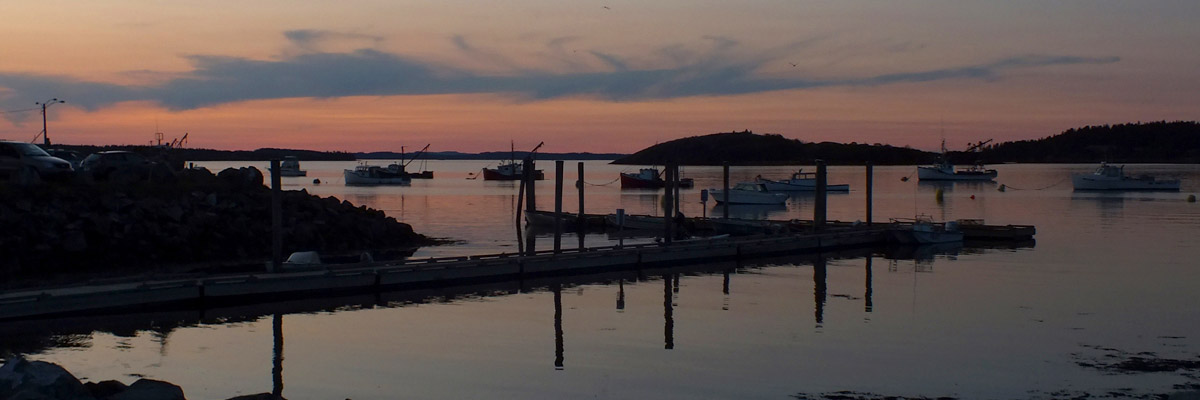 |
Good Night, Lubec
Today's Route
Next
| .August. | September | .October. |
| S | M | T | W | T | F | S |
| 24 | 25 | |||||
| 26 | 27 | 28 | 29 | 30 | 31 | 1 |
| 2 | 3 | 4 | 5 | 6 | 7 | 8 |
| 9 | 10 | 11 | 12 | |||
| 4 | 5 | 6 | ||||
| 7 | 8 | 9 | 10 | 11 | 12 | 13 |
| 14 | 15 | 16 | 17 | 18 | 19 | 20 |
| 21 | 22 | 23 | 24 | 25 | 26 | 27 |
| 28 | 29 | 30 |
The North Atlantic Arc Home
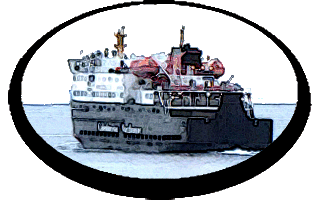
Mr Tattie Heid's Mileage
Results may vary
MrTattieHeid1954@gmail.com